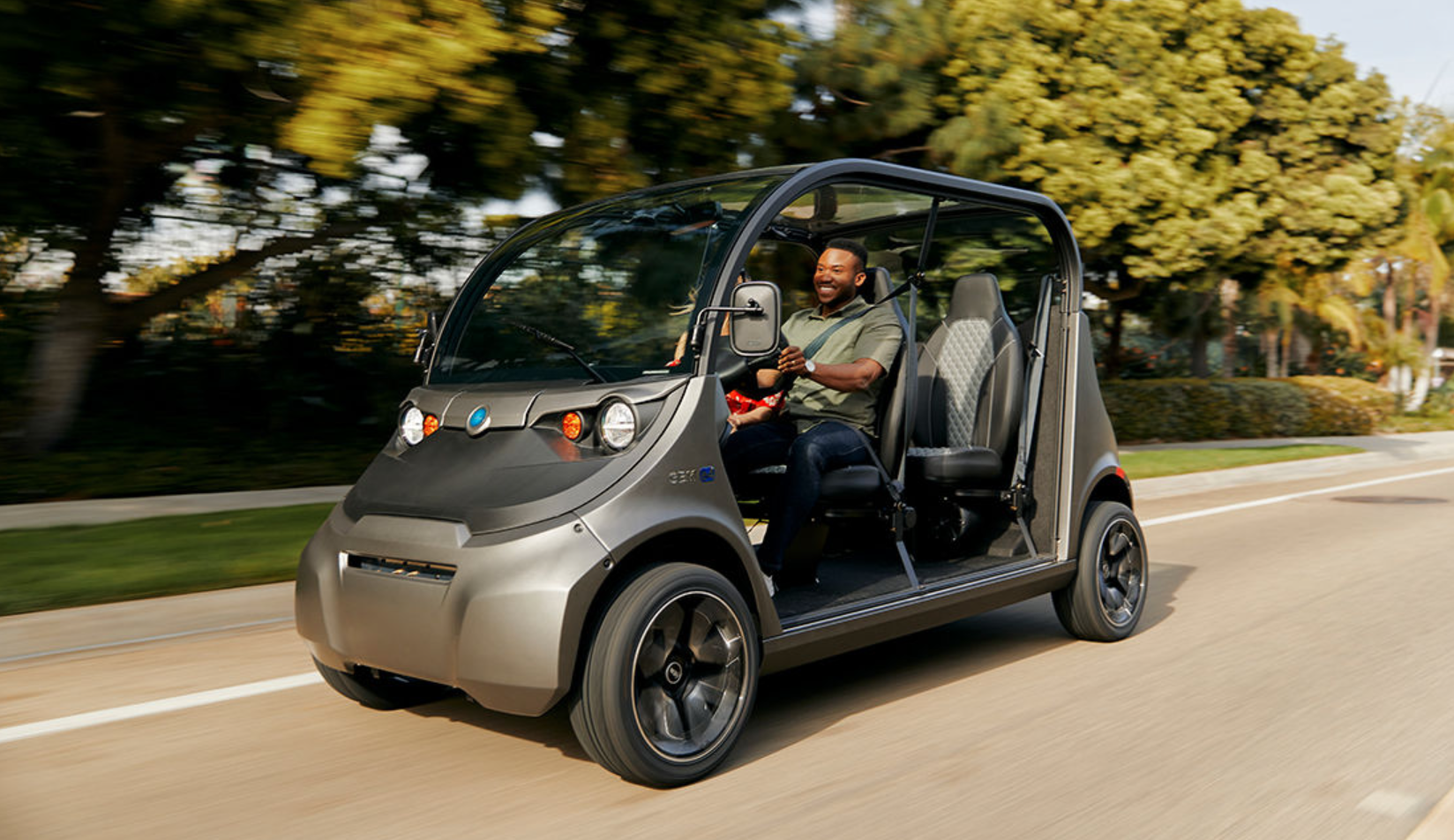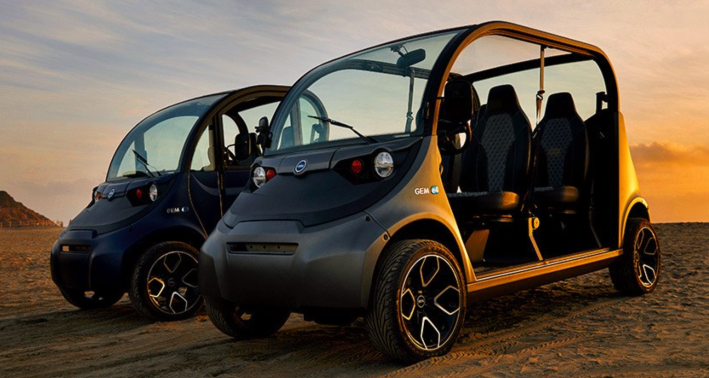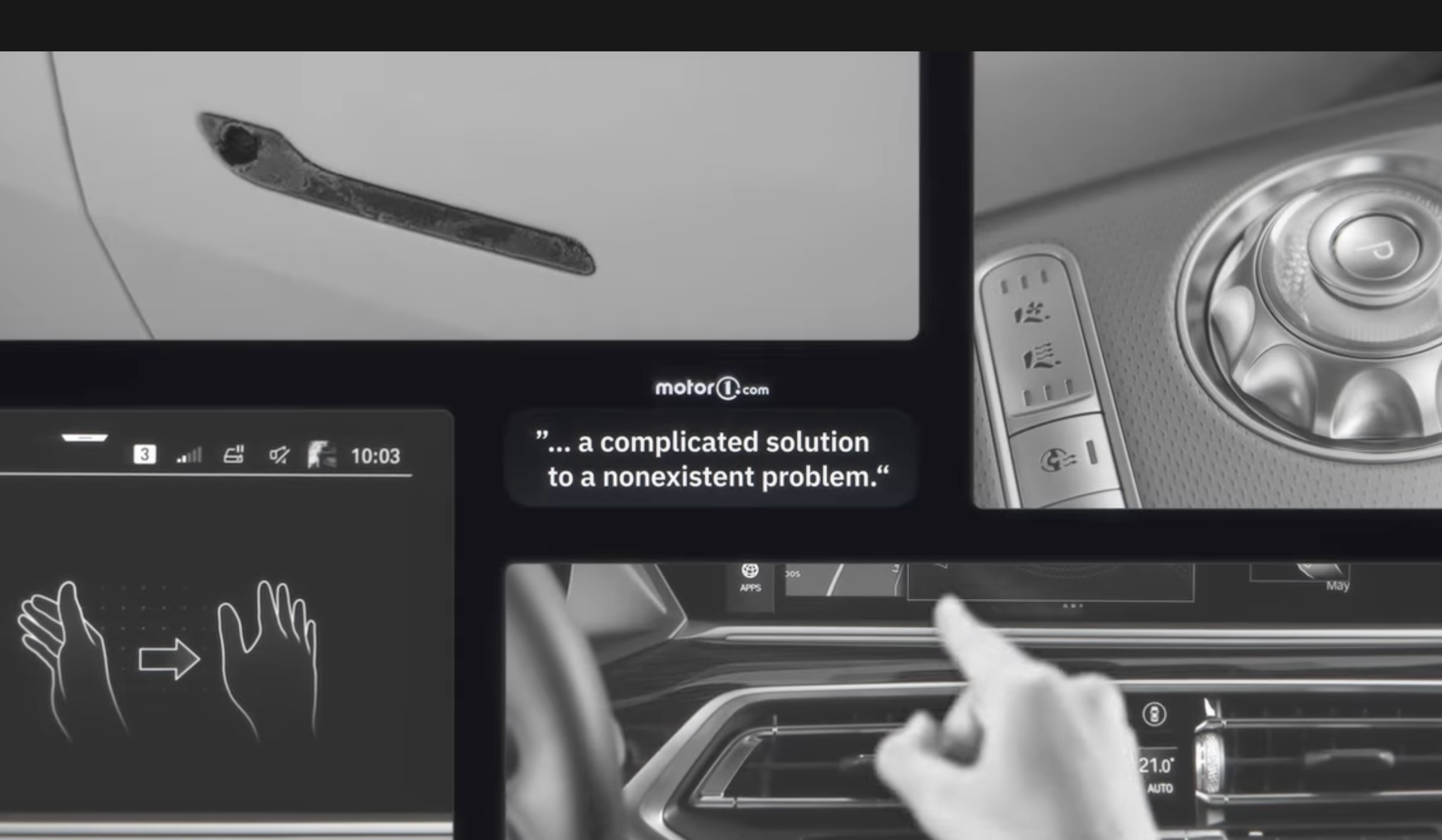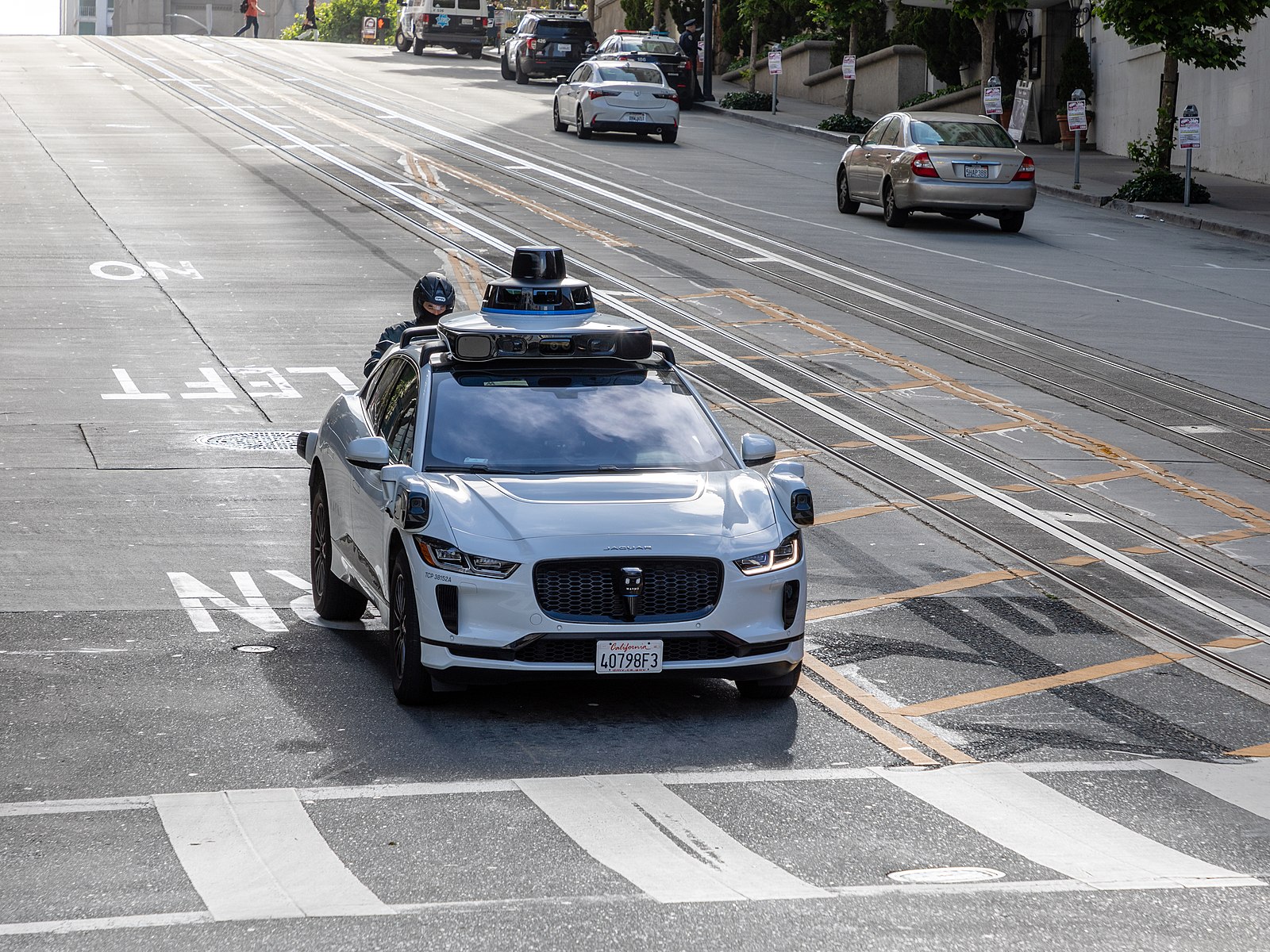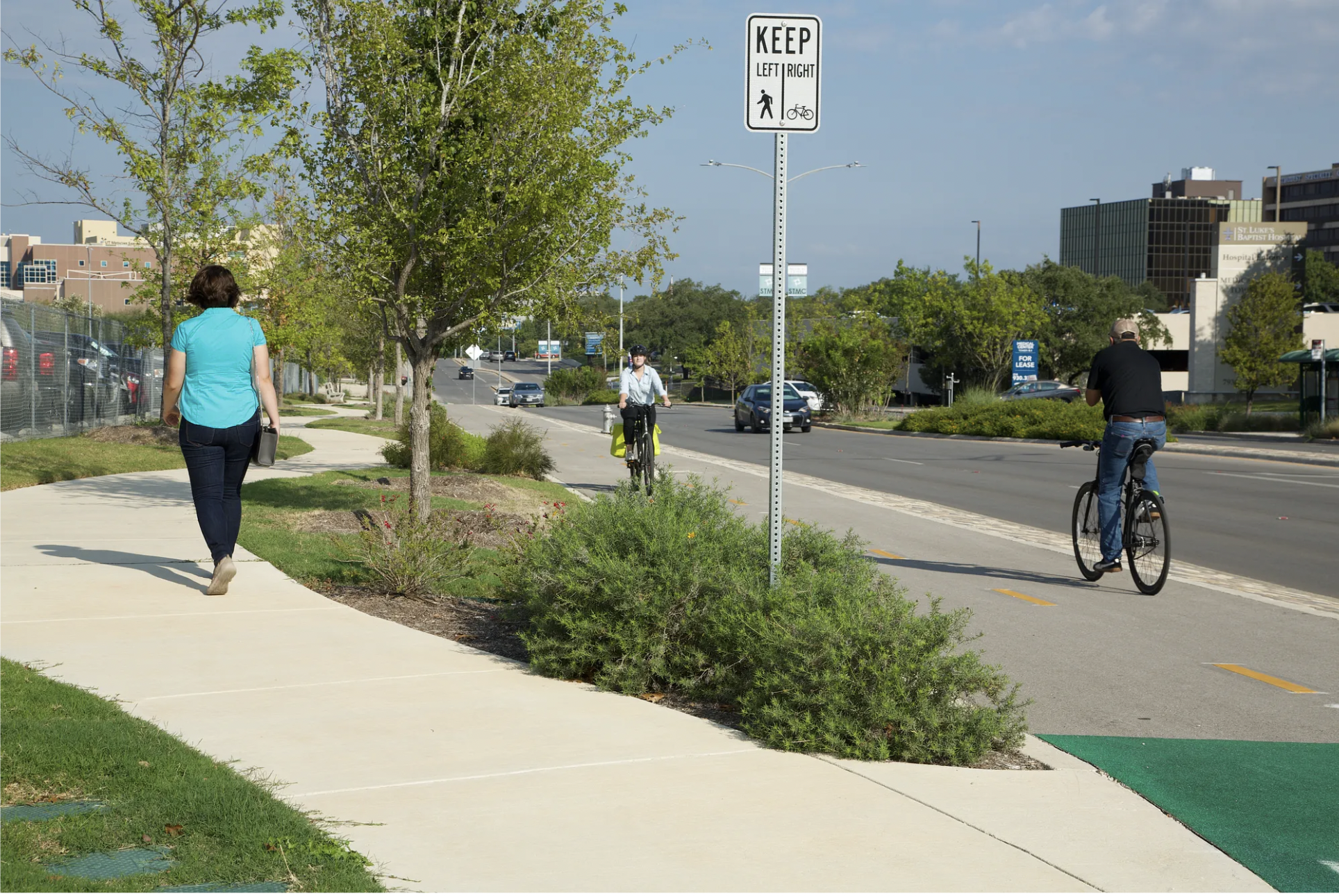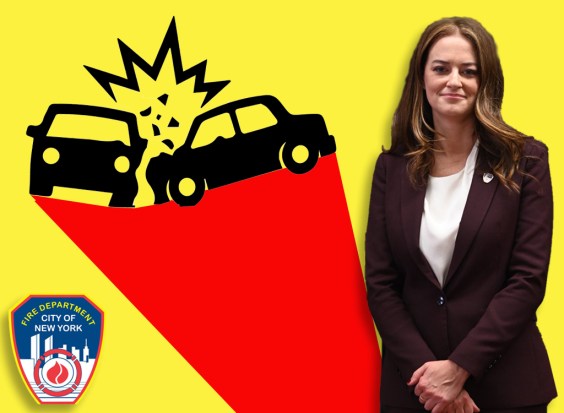Small, slow-speed passenger vehicles that are safer for pedestrians could be a $100-billion industry by the end of the decade, a new report claims — but whether those vehicles will truly be able to replace, or even complement, the full-size automobile in car-dominated cities will depend how many highways Americans have running through their neighborhoods.
According to a recent survey from the McKinsey Center for Future Mobility, an impressive 30 percent of global road users would consider using a "minimobile" vehicle — basically, something larger than familiar micromobility staples like the electric kick scooter, but smaller than a macro-mobile car or truck.
Most minimobility vehicles are legally classed as "low speed vehicles". an umbrella category which includes a wide array of four-wheeled rides capable of going more than 20 but less than 25 miles per hour. Though Vice's Aaron Gordon once memorably referred to low-speed vehicles as "glorified electric golf carts," minimobile vehicles are purpose-built for the road, and outfitted with a full slate of safety features you don't see on the links, like seatbelts, rear-view mirrors, and turn signals. Many of them also have surprisingly roomy interiors and automobile-like add-ons like stereos systems, making them a staple on large college campuses and busy tourist areas, and other places that are a little too big to traverse end-to-end on foot, but with enough pedestrians around that allowing car traffic makes little sense.
That arguably could describe many U.S. city neighborhoods, too — at least the ones lucky enough not to have been split in half by a highway.

Highways may help explain why enthusiasm for minimobility is a little more modest in America, where 26 percent of the McKinsey respondents said they'd consider trying one to meet their daily needs. Considering that 90 percent of the low-speed vehicle-curious live in urban areas, though, there's reason to believe that "glorified golf carts" could be a real transportation solution for downtowns, where reducing auto miles traveled is most urgent.
"Over the last couple of years, we've become extremely interested in growing the personal transport segment," said Keith Simon, CEO at minimobility company Waev, which produces a particularly popular low-speed vehicle called the GEM. "In my town, I can [use my LSV to] go take my kids to school; I can go to the local grocery store; I can go to the local Target, the local Home Depot, the coffee shops, the downtown areas where we go to dinner — all in a vehicle that is is very well-suited for my four-person family."
Simon, who lives in a St. Louis suburb, is careful to note that he still owns a full-sized electric car in additional to his GEM (which stood for "global electric motorcars" earlier in the company's history), and doesn't argue that low-speed vehicles are a silver bullet for auto-dependent communities.
A solid 50 percent of the McKinsey respondents who said they'd consider a minimobile vehicle also said they would only use it to complement a full-sized vehicle they already owned, compared to 35 percent who said they would potentially replace their car altogether with an LSV.
Another 10 percent said they don't own a vehicle now, which means that the mode could, theoretically, replace greener transit, biking or walking trips, rather than reducing vehicle miles traveled; the other five percent are unknown.
Those results might give some parking reformers pause, even if some minimobile vehicles only require a space half the size of a standard spot to store. Some drivers may also need access to covered parking, unless they spring for automotive-grade doors, which on the GEM cost $2,920 extra; the base model, which only has a windshield and a roof, is more of an open-air experience. (A $302 car cover is also an option, at least for drivers who don't mind the hassle of wrapping their vehicles up before it rains.)
Still, once an LSV is on the road, there's no doubt that it could help soften some of the most noxious damages of car dependency. Like full-sized EVs, a light electric vehicle doesn't have a pollutant-spewing tailpipe, and because it's tiny, it requires far less lithium-ion power to run (not to mention the often-harmful processes necessary to produce it) than electric trucks, SUVs and sedans.
That small size paired with its sensibly-low top speed means that a low-speed vehicle is also highly unlikely to kill a pedestrian in the event of a crash; studies show that even walkers struck by far larger vehicles than the GEM survive roughly 90 percent of the time if the car was traveling under 25 mph, and that death rates spike as vehicles get faster and heavier.
"The difference between a vehicle that weighs 4,000 pounds doing 45 miles an hour and a vehicle that weighs less than half of that doing 25 miles an hour is the difference between death and injury," said Simon.
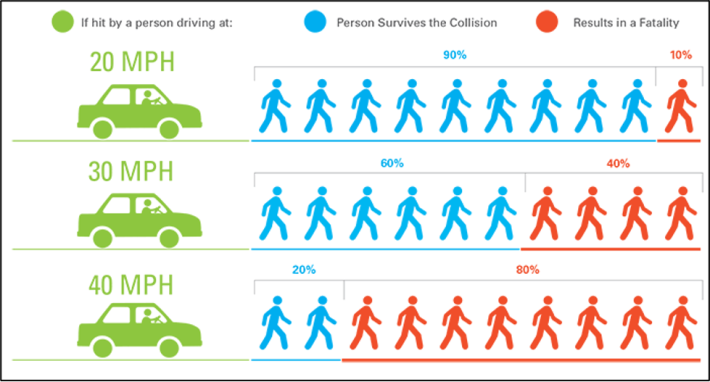
Simon also emphasizes that many Americans over-estimate how often they actually need to travel on high speed roads on any given day, given that about half of daily U.S. vehicle trips are under three miles — and for city-dwellers in particular, nearly all of those short trips will happen outside highways.
At $13,182 for their cheapest option — or around $35k for a specced out six-seater with a solar panel on the roof and all the luxury add-ons — the GEM could conceivably cover those distances for a fraction of the $66,000 that full-size electric vehicles cost on average. (Macro-EV fans often point out that actual costs of ownership are comparable to internal combustion engines when you factor in gas savings, but they're still more expensive than running a next-gen Go Kart.)
Low-speed vehicles aren't yet eligible for most tax credits aimed at electric vehicles, but Simon hints that the industry is working hard to change that — and to encourage Americans to surrender the SUV arms race and pick a slower, smaller vehicle at least some of the time. He even says that he'd be happy if more residents had the option to rent a GEM from carshare service, or to hail a GEM-taxi. Because at the end of the day, almost any mile not driven in a megacar is a win — even though he knows it will be challenging to get Americans to give them up.
"We're not saying that the GEM is out there to replace every over the road automobile or every bicycle or scooter," he added. "We’re out here trying to make people aware of where the GEM fits into the larger ecosystem of mobility options. ... You won’t use a GEM to pack six kids and two dogs and a bunch of sporting equipment to travel 100 miles to a soccer tournament. But GEM is definitely a viable option to put five kids and their soccer bags in to drive to your local park to play a game."
